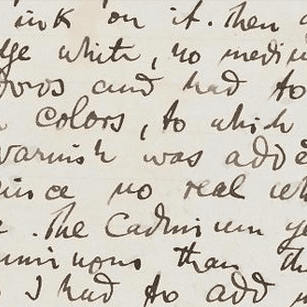Most family historians are familiar with the idea of transcribing records. We do this as part of our own family research when we document a new source in our tree or carefully record the text of a family record for posterity.
Many of us have also spent time transcribing for repositories, such as FamilySearch, who have managed to digitize important genealogical records and need to make them searchable online. It’s the work of these important volunteers that makes it possible for family historians to locate their ancestors through online databases.
Recently, a “new” repository has started crowd sourcing for help–the Smithsonian. In August of last year they started asking the public to take the time to make thousands of recently digitized records easier to find by transcribing them right through their website.
This month they reported that a cutting edge system that utilizes a conveyor belt to speed the daunting digitization process makes creating images speedier than ever before. The need for volunteers to make these images into searchable databases is growing.
The Smithsonian currently has more than 100,000 pages from a wide variety of projects that need to be carefully transcribed. Projects range from fascinating diaries, like that of Elizabeth Robinson from the 1950s, to scientific works like Vernon Baily’s field notes from 1892.
As with family history records, this is a chance to make something that has long sat on dusty shelves available to the general public for the first time. Being a volunteer transcriber means you’ll be one of the first to view the pages of these treasures online. How exciting!
You can find full information about the Smithsonian Transcription Project, including instructions and a list of active projects, on their website. You can also read more about the project here.
